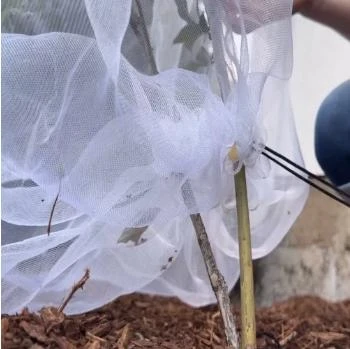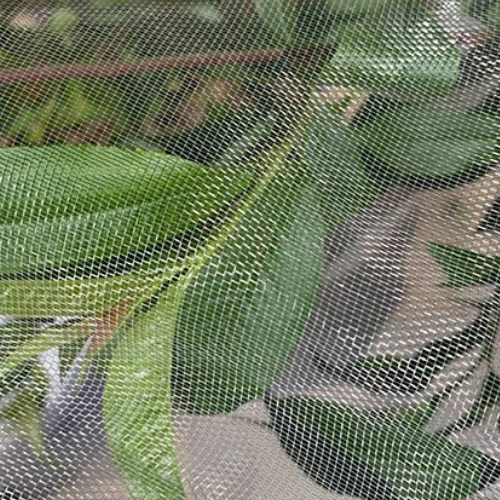-
 Afrikaans
Afrikaans -
 Albanian
Albanian -
 Amharic
Amharic -
 Arabic
Arabic -
 Armenian
Armenian -
 Azerbaijani
Azerbaijani -
 Basque
Basque -
 Belarusian
Belarusian -
 Bengali
Bengali -
 Bosnian
Bosnian -
 Bulgarian
Bulgarian -
 Catalan
Catalan -
 Cebuano
Cebuano -
 China
China -
 Corsican
Corsican -
 Croatian
Croatian -
 Czech
Czech -
 Danish
Danish -
 Dutch
Dutch -
 English
English -
 Esperanto
Esperanto -
 Estonian
Estonian -
 Finnish
Finnish -
 French
French -
 Frisian
Frisian -
 Galician
Galician -
 Georgian
Georgian -
 German
German -
 Greek
Greek -
 Gujarati
Gujarati -
 Haitian Creole
Haitian Creole -
 hausa
hausa -
 hawaiian
hawaiian -
 Hebrew
Hebrew -
 Hindi
Hindi -
 Miao
Miao -
 Hungarian
Hungarian -
 Icelandic
Icelandic -
 igbo
igbo -
 Indonesian
Indonesian -
 irish
irish -
 Italian
Italian -
 Japanese
Japanese -
 Javanese
Javanese -
 Kannada
Kannada -
 kazakh
kazakh -
 Khmer
Khmer -
 Rwandese
Rwandese -
 Korean
Korean -
 Kurdish
Kurdish -
 Kyrgyz
Kyrgyz -
 Lao
Lao -
 Latin
Latin -
 Latvian
Latvian -
 Lithuanian
Lithuanian -
 Luxembourgish
Luxembourgish -
 Macedonian
Macedonian -
 Malgashi
Malgashi -
 Malay
Malay -
 Malayalam
Malayalam -
 Maltese
Maltese -
 Maori
Maori -
 Marathi
Marathi -
 Mongolian
Mongolian -
 Myanmar
Myanmar -
 Nepali
Nepali -
 Norwegian
Norwegian -
 Norwegian
Norwegian -
 Occitan
Occitan -
 Pashto
Pashto -
 Persian
Persian -
 Polish
Polish -
 Portuguese
Portuguese -
 Punjabi
Punjabi -
 Romanian
Romanian -
 Russian
Russian -
 Samoan
Samoan -
 Scottish Gaelic
Scottish Gaelic -
 Serbian
Serbian -
 Sesotho
Sesotho -
 Shona
Shona -
 Sindhi
Sindhi -
 Sinhala
Sinhala -
 Slovak
Slovak -
 Slovenian
Slovenian -
 Somali
Somali -
 Spanish
Spanish -
 Sundanese
Sundanese -
 Swahili
Swahili -
 Swedish
Swedish -
 Tagalog
Tagalog -
 Tajik
Tajik -
 Tamil
Tamil -
 Tatar
Tatar -
 Telugu
Telugu -
 Thai
Thai -
 Turkish
Turkish -
 Turkmen
Turkmen -
 Ukrainian
Ukrainian -
 Urdu
Urdu -
 Uighur
Uighur -
 Uzbek
Uzbek -
 Vietnamese
Vietnamese -
 Welsh
Welsh -
 Bantu
Bantu -
 Yiddish
Yiddish -
 Yoruba
Yoruba -
 Zulu
Zulu
Jan . 13, 2025 13:54
Back to list
Fruits tree netting Insect-proof mesh cover
In the world of gardening and agriculture, maintaining the health of plants while managing insect populations is an ongoing challenge. One of the most effective, eco-friendly solutions is the use of nets for insects. These specialized nets serve as a physical barrier, protecting crops from damaging pests without the need for harmful chemicals. Drawing from years of experience in agricultural best practices, this comprehensive guide delves into the effectiveness, variety, and best use scenarios for insect nets, making it a must-read for any serious gardener or farmer.
Real-world use cases underscore the tangible benefits of insect nets. In areas prone to mosquito-borne diseases, using nets helps protect not only crops but also the agricultural workers from insect bites. Some innovative farms have taken this approach a step further by integrating these nets into greenhouses and other structures, creating controlled environments that enhance growth conditions. Trustworthiness in recommending insect nets comes from consistent science-backed evidence and positive feedback from users globally. It's important to source these nets from reputable suppliers who comply with environmental and safety standards, thus ensuring you receive a durable product. Online marketplaces offer a range of options, but consulting with agricultural extension officers or horticulture experts can provide personalized advice to achieve the best outcomes. In conclusion, nets for insects offer a well-documented, practical solution for pest control in agriculture and gardening. Their minimalist, effective, and environmentally friendly design caters to both traditional and modern farming methods. Equipping yourself with the knowledge to select, implement, and maintain these nets not only elevates farming practices but ensures a sustainable future for the crops and ecosystem alike.


Real-world use cases underscore the tangible benefits of insect nets. In areas prone to mosquito-borne diseases, using nets helps protect not only crops but also the agricultural workers from insect bites. Some innovative farms have taken this approach a step further by integrating these nets into greenhouses and other structures, creating controlled environments that enhance growth conditions. Trustworthiness in recommending insect nets comes from consistent science-backed evidence and positive feedback from users globally. It's important to source these nets from reputable suppliers who comply with environmental and safety standards, thus ensuring you receive a durable product. Online marketplaces offer a range of options, but consulting with agricultural extension officers or horticulture experts can provide personalized advice to achieve the best outcomes. In conclusion, nets for insects offer a well-documented, practical solution for pest control in agriculture and gardening. Their minimalist, effective, and environmentally friendly design caters to both traditional and modern farming methods. Equipping yourself with the knowledge to select, implement, and maintain these nets not only elevates farming practices but ensures a sustainable future for the crops and ecosystem alike.
Latest news
-
Shipping Plastic Bags for Every NeedNewsJul.24,2025
-
Safety Netting: Your Shield in ConstructionNewsJul.24,2025
-
Plastic Mesh Netting for Everyday UseNewsJul.24,2025
-
Nylon Netting for Every UseNewsJul.24,2025
-
Mesh Breeder Box for Fish TanksNewsJul.24,2025
-
Expanded Steel Mesh Offers Durable VersatilityNewsJul.24,2025











